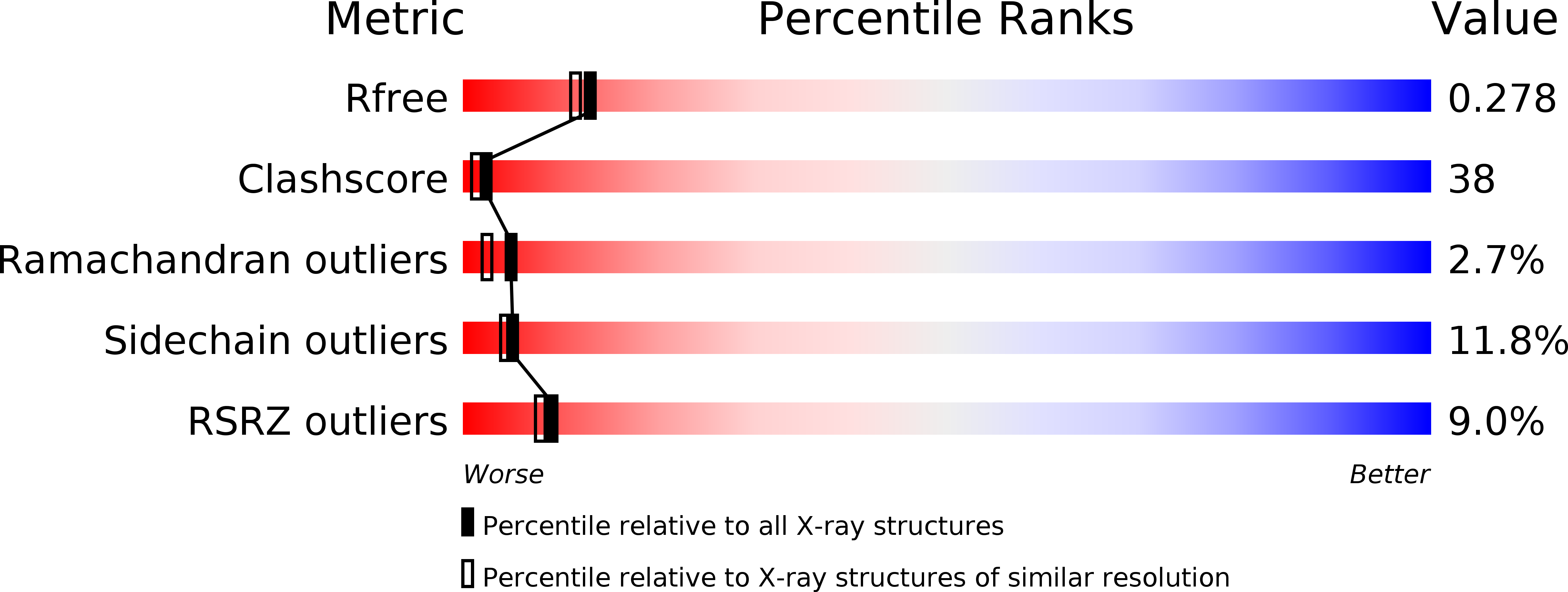
Deposition Date
2005-05-13
Release Date
2005-08-09
Last Version Date
2024-02-14
Entry Detail
Biological Source:
Source Organism:
Bordetella pertussis (Taxon ID: 520)
Homo sapiens (Taxon ID: 9606)
Homo sapiens (Taxon ID: 9606)
Host Organism:
Method Details:
Experimental Method:
Resolution:
2.20 Å
R-Value Free:
0.29
R-Value Work:
0.25
R-Value Observed:
0.25
Space Group:
P 41 21 2


